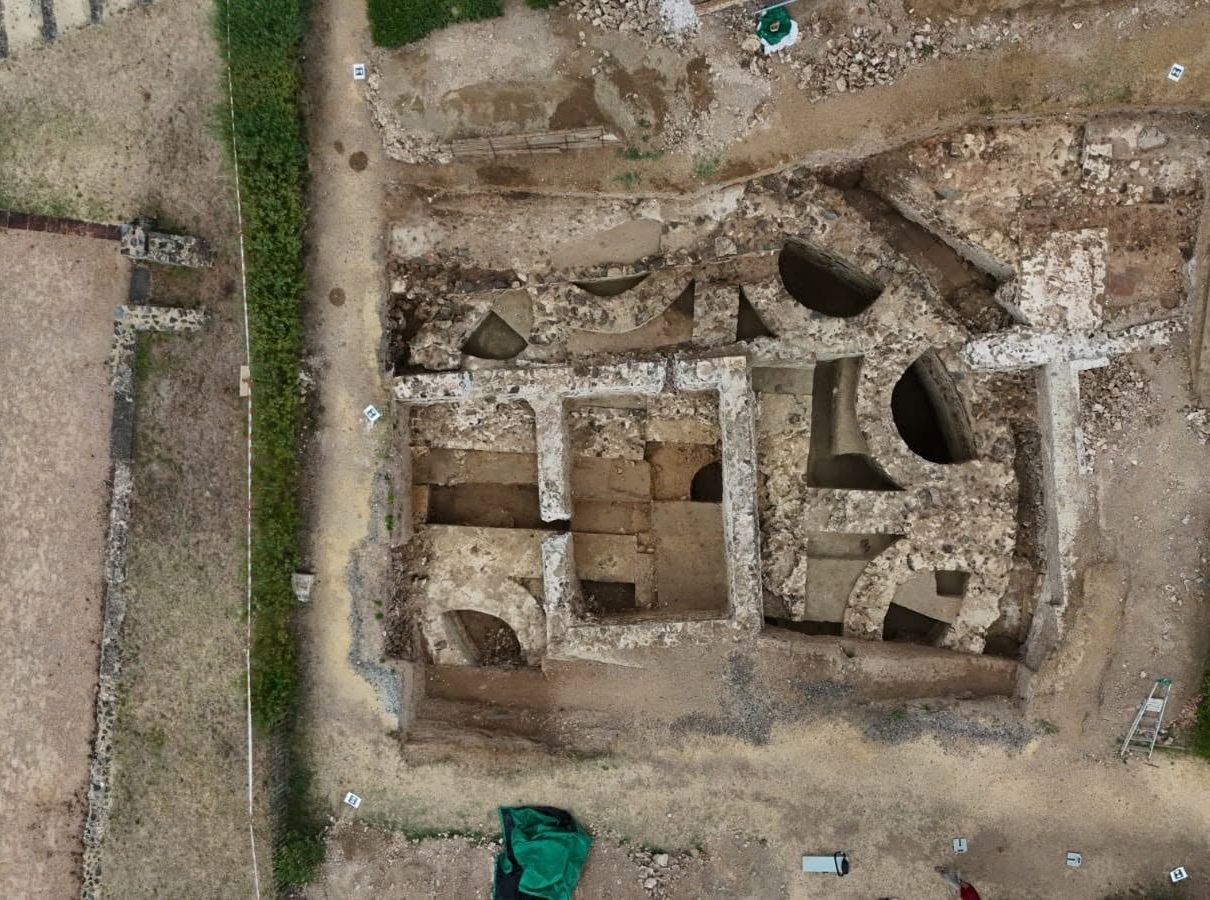Excavations at Saint-Romain-en-Gal near Lyon have revealed a mausoleum inspired by the monumental tomb of Augustus in Rome.
According to experts, the circular structure, which spans 15 metres in diameter and originally stood at a height of 6 metres, dates from around AD 50 during the reign of Claudius.
Located in the museum’s western sector, the structure was clearly visible to travellers arriving in the Roman colony of Vienna by way of the Rhône River, indicating the prestige of the individual interred within.
“This person must have belonged to the aristocratic elite, with strong political ties and connections to imperial power,” explains Giulia Ciucci, archaeologist and scientific director of the excavations.
Archaeologists suggest that the mausoleum was likely modelled on the one built by Augustus in Rome and is the only preserved example of its kind among 18 tumulus mausoleums discovered in France.
Excavations also made several major discoveries in the western zone near the Northern Baths, where archaeologists unearthed three shops dating from the 1st and 2nd centuries AD.
Part of a larger commercial building first identified in the 1990s, the shops were preserved by a destructive fire that charred but safeguarded their wooden structures.
Two workshops equipped with basins were identified among the shops, which belonged to fullers – craftsmen who washed and treated woollen garments such as the Roman toga. A third shop contained a furnace, likely used for glassmaking or culinary purposes.
The excavation, conducted in public view, allowed visitors and archaeology students alike to witness history being unearthed.
“We’ve all dreamed of being present at such a discovery,” said Martine Publié, Vice-President of the Rhône Department for Culture and Tourism.
Header Image Credit : GAROM Association
Sources : GAROM Association





